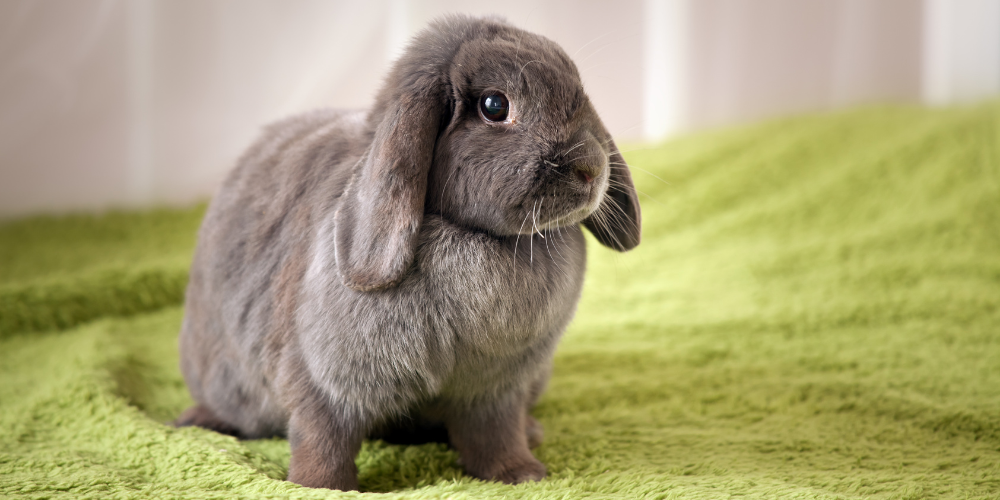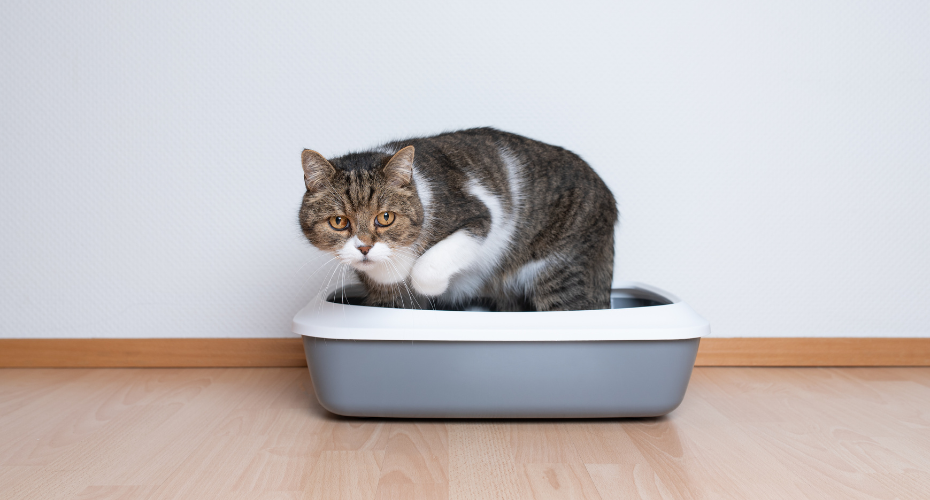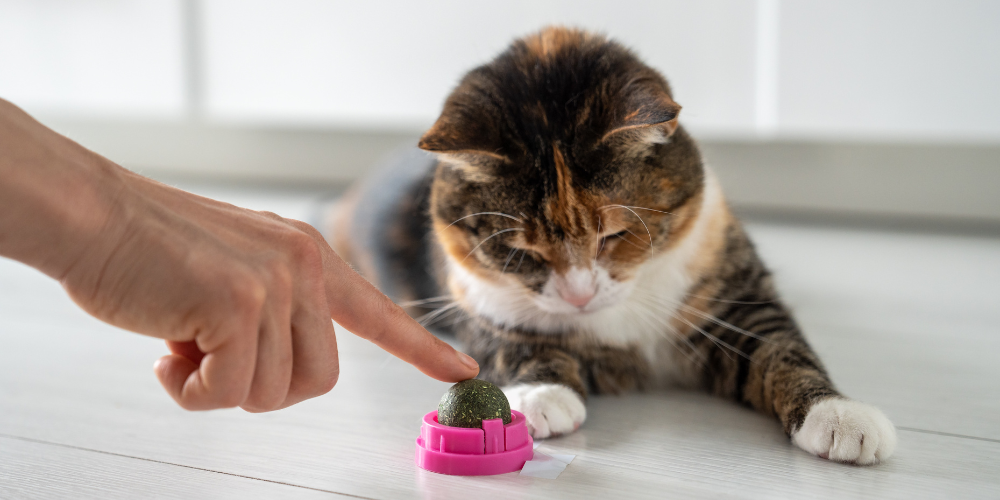
Did you know that your bunny buddies are among the champions of the animal kingdom when it comes to toilet training? It's almost like they have their very own 'bunny bathroom code' – they like to use the same spot every time, guided by smell and memory. In the wild, this savvy strategy keeps their burrows squeaky clean and doubles as a nifty noticeboard for the rabbit community.
Even better, desexed rabbits generally prefer to leave their scented business cards in the form of faecal pellets rather than urine. This means less mess for us humans to clean up and solidifies their reputation as top-tier indoor pals. Plus, rabbit poo is pretty much odour-free and does wonders for your garden!
Deciding Where to Hop and Plop
Toilet training your long-eared lodger begins with a game of 'spot the spot.' Observe your rabbit's chosen toilet territory and slide a litter tray in there. Rabbits usually opt for a quiet corner to do their business, so try to keep the litter tray away from high-traffic zones. If you're unsure about the best spot, litter trays in every corner can help you find out.
You might want to use something like puppy play pen fencing panels or baby gates to cordon off certain areas of your home while your rabbit is getting the hang of it. Once your furry friend has earned their toilet training certificate, these barriers, and any extra trays, can be whisked away.
Choosing the Right Litter and Tray
Cat litter trays – hooded or otherwise – are the bee's knees for bunnies. Do watch out for swinging flaps though, as some bunnies might give them the cold shoulder. Automated litter trays aren't ideal for rabbits yet, but don't fret! If your rabbit is a bit older or has some mobility issues, baking trays, document trays, or paint trays can do the trick. Multiple bunnies? Large, shallow containers like under-bed storage boxes make fantastic communal facilities.
It's vital to stick with natural, biodegradable litters, as your bunny may take a nibble or two. Crystal and clay litters are a no-no. Paper, tofu, wood, bamboo, and hemp make a safe, eco-friendly bedding, and once used, the whole batch can be composted or go into green waste. Liners aren't a must, but newspaper or puppy pads work a treat if you decide to use them.
Toilet Training Tactics for Your Rabbit
Even though many rabbits have no issue using their new litter trays, a few might need a gentle nudge in the right direction. Unlike cats and dogs, bunnies are prolific poopers! They have a quirky habit of munching and doing their business simultaneously, so adding hay to the litter box or placing a hay rack nearby can be a great motivator.
If your bunny has a bathroom blunder, don't fret – it can be a learning opportunity! Soak up the urine with a paper towel or scoop up the faecal pellets and deposit them into the litter box. After a thorough clean-up, your bunny will be more inclined to visit the litter box next time.
Don't be put off by this seemingly yucky tip: when you clean out the litter box, try leaving it a smidgen dirty before you add fresh litter. The lingering scent may encourage your bunny to return to the box next time. Of course, once your bunny is a toilet prodigy, you can stop this practice.
Cleaning Up After Your Bunny
Once your rabbit is a certified loo guru, regular and thorough cleaning of the litter box is a must to prevent the build-up of urine residue and other dirt. A handy tip is to have a few extra boxes on hand, ready to swap out while the dirty ones soak. A bath of warm water, vinegar, and dishwashing soap can banish any stubborn stains and make sure the box is hygienically clean. After a good soak and scrub, rinse the box in fresh water, and let it sunbathe until dry.
So, that's the long and short of turning your bunny into a toilet whizz! We hope these tips and tricks help make the training process as smooth as a bunny's coat. Happy training, bunny buddies!

